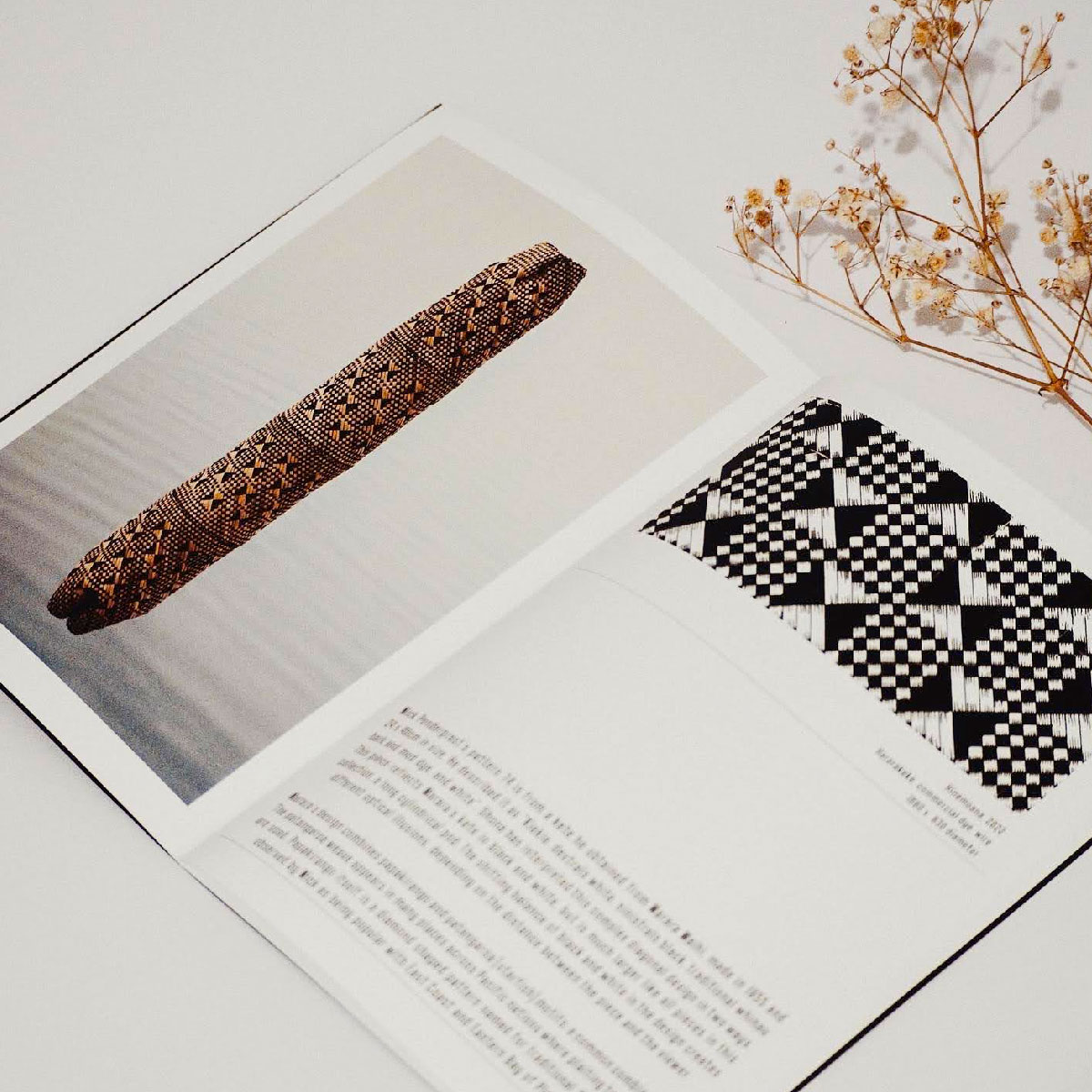What is the Master of Design?
Master your craft
Unlike a traditional design degree, the Master of Design is tailored to your unique needs and creative challenges. One-on-one professional mentoring that supports your personal project and full-time Media Design School faculty who are industry thought leaders are the hallmarks of this intensive programme.
Work full time, and study on the weekends
This 30 week full-time programme only has weekend classes, and is for design professionals who want to take their creative careers to the next level. The course adapts to each student’s individual needs and creative challenges, where they have the freedom to develop their specialist skills, knowledge, and qualifications in the design field of their choice.

Course Outline
What you'll cover in this course
Masters students complete TWO 30 credit components at Level 8, PLUS, ONE 15 credit and ONE 45 credit components at Level 9. There are SIX 30 credit (non-sequential) Level 8 components. At NZQF Level 9, there is ONE 15 credit component and ONE 45 credit component. These two components are sequential.
Students complete two Level 8 30 credit components plus the following Level 9 components in sequential order:
| Component Name | Credits | Toggle |
|---|---|---|
|
Master Project Proposal
|
15
|
|
|
The Master studio requires that you put forward a brief for a self-initiated project of your choosing. It is possible to propose an individual, or group project, but team roles and assessments need to be carefully negotiated with the staff before approval can be obtained. For example, projects may result in static or interactive, print or digital, objects or installations, or approaches to service and experience. Your proposal must outline an executable project that can be developed to a masterate level. You will be mentored through proposal development by an academic staff with practice-based research expertise.
Level 9
PGD007
|
||
|
Master Project
|
45
|
|
|
The Master studio requires that you work to the proposal, which you generated in PGD007 to produce and actualise a project. This needs to exhibit a sophisticated understanding of the potential offered by contemporary design communication and thinking practice. Central to the component will be evidence of critical analysis, social engagement, reflective practice, all of which are encased within a refined visual language. You’ll draw on the practical, methodological, theoretical, and technical tools that you’ve developed over the duration of the programme to complete an effective project. You will be mentored through project development by an academic staff with practice-based research expertise.
Level 9
PGD008
|
||
Course Requirements
In order to be admitted to the Master of Design an applicant must have completed the following or equivalent:
- An honours degree that is of relevance to design (such as Design - Graphic, Industrial, Product, Fine Arts, Cognitive Science/Psychology, Software Engineering, Computer Science, Computer Engineering); or
- A postgraduate diploma that is of relevance to design; or
- An undergraduate degree and professional experience (equivalent to one year of advanced study ~ 2 plus years experience in a design related field showing career progression and increasing responsibility) as approved by the Academic Board
Media Design School requires the following items for an application to be considered:
- Completed application form online
- Statement of intent
- Curriculum Vitae
- Digital Portfolio of relevant work from area(s) of expertise
- Two letters of recommendation
- Official undergraduate and graduate transcripts and qualification certificate
Applicants are required to attend a selection interview (in person or via video call). Eligibility for admission does not guarantee an offer of a place.
As an international student, you'll need to prove you have sufficient English language skills in order to complete this course. We'll be looking for Academic IELTS overall score of 6.5 (minimum) with no band less than 6.0, or equivalent test result.
We accept a range of internationally recognised English Language proficiency test. Find out more on the NZQA website or download the NZQA list HERE.
Evidence of Creative Abilities
Applicants are required to submit creative portfolios in addition to their previous academic history.
The creative portfolio is a showcase of your previous design and creative works. It is very much like a visual resume. The aim of the portfolio is to showcase the breadth and depth of your skills, knowledge and experiences in design. It should highlight key projects you have worked on illustrating both the thinking and design processes and the final outcome.
Portfolios must show an applicant’s creative potential and ability. All applicants must submit a portfolio of representative samples even if they have not had formal training in art and design. A good portfolio may contain a variety of work; sketches, drawings, painting mixed media, multimedia, photography, design creations etc.
Portfolio Format:
In most cases the portfolio should be submitted as a single PDF file, with no more than 40 pages. If applicants wish to submit multimedia, animations, games or movies, ideally these are listed on a websites for viewing.
Please consider the following:
- Only submit work done within the last three years.
- Include an introductory slide with your name and contact details
- Where possible, provide a description of each project and your response to the project brief.
- Show your ability to meet technical and software skills relevant to your chosen discipline.
- Send an electronic copy of your portfolio – no original submissions will be returned.
Before you begin your study with us, you will need to have a suitable device that has the functionality to run the programmes required for your course.
Click the link below to find course-specific requirements and recommendations, along with links to more information about hardware specifications. We have prepared these recommendations to help our students equip for flexible, blended learning.











